Written By: Prof. Pragyan Paramita Das
Abstract:
Leadership and employee relationships have drawn great attention from scholars in various fields in recent years. This study focuses on the analysis of the mediating role of employee relationship between transformational leadership and organizational performance in the Training & development centers of IT Industries.- in Bhubaneswar. Besides this, the study also analyses the role of Employee empowerment and its effect on organizational performance, A quantitative approach was adopted for this study with a questionnaire in which participants (n=133) were asked to express their viewpoints about the variables under investigation.
The average respondent age was 42, and 33% were female. The participants in the survey were all well-educated professionals and seniors in the rank of project manager. The results were analyzed through standard deviation and ANOVA. Employee Relations was found to mediate the relationship between transformational leadership and organizational performance, while employee empowerment did not mediate such a relationship.
Furthermore, transformational leadership had a positive and significant impact on employee empowerment. The results, however, have important implications for both academics and practitioners who can take advantage of the promising value of employee empowerment and employee relations resulting in organizational performance.
Keywords: Transformational Leadership (TL), Employee Empowerment, Employee Relations, Organizational Performance.
Introduction:
Employee Relations means effectively managing all interactions with employees, ultimately achieving the goals of the organization. The human resources department can play a critical role in this process, both in terms of training and coaching managers and executives on how to effectively establish and nurture relationships with employees and in measuring and monitoring those relationships to determine whether objectives are being met.
In recent decades a great deal of research has been conducted on the relationship between Leadership, employee relations, and organizational performance. Nevertheless, there seems to be a lack of understanding to fully explain the very essence of such a relationship. Accordingly, this research attempts to investigate the nature of the relationship and to come up with some partial solutions to bridge the theoretical gap.
The findings of House and Aditya (1997) and of Jing and Avery (2008) delve deeper into the nature of theoretical shortcomings in the leadership-employee relation-performance relationship. House and Aditya (1997) criticized leadership research for putting too much emphasis on a leader-follower relationship without considering organizational variables. As they stated:
“The dominant portion of leadership theories and research is primarily concerned with relationships between leaders and their immediate followers or with supervisory behaviors. It is almost as though leadership scholars, including the first author of this article (House), have believed that leader-follower relationships exist in a vacuum. While it is unlikely that scholars believe this, the fact is that the organizational and environmental context in which leadership is enacted has been almost completely ignored.”
According to Jing and Avery (2008), organizational parameters are known as missing links in understanding the relationship between leadership, employee relations, and organizational performance.
To develop the hypothetical model of the study, we can initially refer to some related findings of the leadership literature. Some research has examined the effects of leadership on team- efficacy (Nielsen et al., 2009); on team effectiveness (Özaralli, 2003), and on team performance (Dionne et al., 2004).
Other research has studied the effect of leadership on employee empowerment (Gill et al., 2009; Özaralli, 2003; Bennis and Nanus; 1985). However, there was no evidence of any research examining the simultaneous mediating effects of employee and team empowerment on the relationship between leadership and performance, especially in the context of IT firms.
This study attempts to concentrate on a particular style of leadership that is more relevant and appropriate in motivating intellectuals involved in T&D activities. Evidence from a large number of studies indicates that transformational leadership can enhance subordinate motivation and performance (Yukl, 2008). Furthermore, one important aspect of transformational leadership deals with intellectual stimulation (see: Bass and Avolio, 1994). Hence the transformational leadership style was adopted as the independent variable in the study of the training centers
Based on the above discussion and given the T&D nature of the departments under observation, the transformational leadership concept is expected to play a key role in bringing about performance improvements through some mediating mechanisms. The study proposes that employee relations and employee empowerment are two mediating variables that can give rise to the effects of “transformational leadership” (independent variable) upon “organizational performance” (dependent variable) in training centers of the IT sector.
Literature Review:
Transformational Leadership (TL);
While the earliest eras in the history of leadership gave tremendous importance to the ability of one individual, the later eras acknowledged the importance of the situation in which leadership enfolds. However, the latest era again brings the focus on the transformational leader but in which his role, skill, and ability are significantly different. James MacGregor Burns in the Pulitzer
Prize work of “Leadership” in 1978 introduced the concept of transformational leadership for the first time. This was the first interdisciplinary look at leadership – providing insights that-
leadership is relational, reciprocal, and has values. In his opening statements, Burns says: “One of the most universal cravings of our time is a hunger for compelling and creative leadership. Burns contends that leaders and followers are peers of one another, each playing a different role.
The leader tends to look for what motivates the follower, keeping him productive and moving forward. Thus, leaders must be very engaged with followers, making sure they are satisfied with a higher set of needs, not just the simple stuff – paychecks, stock options, and the like, but in the active participation of issues that both care deeply about. When this collaboration takes place, participants (leaders and followers) are able to transform the situation; i.e. transformational leadership occurs.
The transformational leadership concept was further developed by Bernard Bass in 1985 when he introduced the methods of measurement of the effectiveness of transformational leaders. TL is a form of leadership that occurs when leaders “broaden and elevate the interests of their employees, when they generate awareness and acceptance of the purposes and the mission of the group and when they stir their employees to look beyond their own self-interest for the good of the group” (Bass, 1990).
This form of leadership goes beyond traditional forms of transactional leadership that usually emphasize corrective actions, mutual exchanges, and rewards only when performance expectations are met. Bass and Avolio (1994) found four aspects of TL: idealized influence, inspirational motivation, intellectual stimulation, and individualized consideration.
They believe that idealized influence and/or inspirational motivation are related to the formulation and articulation of vision and/or challenging goals. Intellectual stimulation promotes intelligence, rationality, and careful problem-solving, while individualized consideration is directed at treating the followers as individuals and not just members of a group (Dionne et al., 2004).
Transformational leaders were shown to have subordinates who report greater satisfaction, exert extra effort more often, have higher-performing work groups, and receive higher ratings of effectiveness and performance (Bryman, 1992; Bass, 1995).
Based on the definition of TL, it is suggested that transformational leaders create a dynamic organizational vision that often necessitates a metamorphosis in cultural values to reflect greater innovation, and on the other hand, it can promote empowering cultural norms (Özaralli, 2003).
“Bass (1998) cited evidence from a range of studies that TL has a strong positive relationship with a range of outcomes including organizational productivity, job satisfaction, and commitment”(Alimo-Metcalfe and Alban-Metcalf, 2001). The findings of Elkins and Keller (2003) indicate that there are some relations between TL and effectiveness in T&D organizations.
To measure transformational leadership in the target samples, the five-dimensional model of Rafferty and Griffin (2004) consisting of vision, inspirational communication, intellectual stimulation, supportive leadership, and personal recognition was adopted.
Employee Empowerment;
Empowerment can be defined from two different perspectives. Traditionally, the structural approach focuses on the actions of the “power holders”, who transfer power to the less powerful (Özaralli, 2003). London (1993) defines empowerment as “ensuring that the employee has the authority to do his or her job”. The modern approach to empowerment goes beyond the traditional framework and covers a wider range of issues. Accordingly, there are some more advanced concepts of empowerment in the literature.
Conger and Kanungo (1998) who are pioneers in the psychological approach introduced new dimensions to the concept. They stated that: “…the Oxford English Dictionary defines the verb empower as “to enable.” In contrast to the earlier definition of empowerment as delegation (of authority and resource sharing), enabling implies motivating through enhancing personal efficacy.
In the management literature on power and empowerment, often both meanings are used together, and their relationships to each other are not clear.” In 1990, Thomas and Velthouse defined employee empowerment as “increased task motivation”. They believe that: “…to empower means to give power to. Power, however, has several meanings.
In a legal sense, power means authority, so empowerment can mean authorization. Power also may be used to describe capacity, as in the self-efficacy definition of Conger and Kanungo. However, power also means energy. Thus, to empower also can mean to energize. This latter meaning best captures the present motivational usage of the term.”
The last two authors proposed a model consisting of four cognitions as the basis for worker empowerment: a sense of impact, competence, meaningfulness, and choice.
Greasley et al. (2005) went further and stated that: “…while there are conflicting descriptions of empowerment, it appears that the focus of the concept is the dynamic process of redistribution of power between management and employee…
It is possible to identify two key aspects of empowerment from the literature: first, the psychological dimension which focuses on how the individual perceives empowerment; and secondly, the multi-dimensional perspective which closely examines the role of managers and leaders.”
In another definition of empowerment, Wall et al. (2004) describe empowerment as the enhancement of the autonomy of employees in their work or increased involvement that results in increased decision-making within a wider agenda. To measure employee empowerment in this study, the proposed questionnaire of Kue et al. (2010) was adopted.
Employee Relations (ER):
It is to effectively manage all interactions with employees, ultimately to achieve the goals of the organization. The human resources department can play a critical role in this process, both in terms of training and coaching managers and executives on how to effectively establish and nurture relationships with employees and in measuring and monitoring those relationships to determine whether objectives are being met.
It is not enough to assume that a company or even its HR professionals know what is important to employees. Needs vary greatly depending on employee characteristics–age, gender, etc.–as well as the type of job being performed. It is a good idea to find out directly from employees what their needs are. this can be done in one-on-one conversations that take place informally throughout the year, during formal employee evaluation meetings, and through surveys and polls that can provide a quantitative indication of employee needs.
Effective employee relationship management requires ongoing attention. That means that managers and their HR departments should be alert at all times for signs of discontent, which can be subjective, as well as carefully monitoring the results of more formal assessments. (Bandura,2004) These results should also be shared with employees. Too often employees are asked to complete surveys and are not informed of the results–or what will be done with the results.
Employee Relationships are Interpersonal( Mac Gregor, Thomas)Ultimately, employee relationship management requires the same skills and processes required to manage any relationship; a clear understanding of employees’ needs and a desire to meet those needs is foundational.
Then steps must be taken to interact effectively with employees through a variety of communication channels, both interpersonal and formal (e.g., intranet site, employee newsletters, etc.). Finally, measurement of the effectiveness of these efforts should be frequent and ongoing, with improvements and adjustments made when results are not showing continual improvement or satisfactory levels of performance.
Organizational Performance (OP):
In today’s competitive environment, enterprises try to surpass their rivals by creating and sustaining a competitive advantage in their performance. Most previous studies on operational performance have been based on financial criteria. However, financial indicators are not highly correlated with maintaining the long-term strategic goals of an enterprise, and cannot help firms obtain a greater competitive advantage in highly-competitive environments (Wu and Liu, 2010).
Hence firms cannot evaluate OP without taking organizational goals into consideration (Ŝkerlavaj et al., 2007). In line with such reasoning, the American Institute of Certified Public Accountants suggested in 1994 that financial statements include forward-looking non-financial information and overall performance information, which may reflect the importance of intellectual property and social responsibility (Wu and Liu, 2010).
In order to gain a better understanding of different perspectives of OP, a closer look at its various measurements can be of great importance. Parker (2000) believes that traditional business performance measures have been mostly financial.
However concerning non-financial parameters Kaplan and Norton (1997) proposed the Balanced Scorecard (BSC) as an alternative to traditional measurements with the following five aspects: financial; customers; internal processes; innovation and improvement, and employees.
Weerakoon (1996) proposed the four-dimensional multi-model performance framework including employee motivation, market performance, productivity performance, and societal impact. In this research, a 3-dimensional performance determinant proposed by Yukl (2008) was employed to measure OP. These dimensions are efficiency, adaptation & human resources.
Conceptual Framework:
As Yukl (2002) indicated, the visionary literature has focused too narrowly on dyadic processes. To overcome this shortcoming, he has called for greater attention to team-based studies. Drawing upon Yukl’s findings and appreciating the value of the team-based approach, a new concept of employee empowerment was introduced and integrated as a mediating variable in the relationship between TL and OP.
Employee empowerment was also assumed to play a mediating role in the leadership-performance connection. Accordingly, this study is based on the premise that there is a link existing between TL and OP through the mediating effects of employee relations and employee empowerment


The objective of the study:
- To study the significant relationship between leadership and employee relations.
- To analyze the relationship between employee empowerment and employee relations.
- To evaluate the inter-relationship between employee relations & organizational performance.
The hypotheses to be tested in this study for the training centers are as follows:
Ho1 – There is no significant relationship between transformational leadership and employee Relation
Ho2 – There is no significant relationship between employee empowerment and employee relationship.
Ho3- There is a significant relationship between employee empowerment and organizational performance.
Ho4 – There is no significant relationship between employee relations and organizational performance.
Research Methodology:
Sample
Around 133 well-educated professionals and senior trainers working in the T&D centers in the various IT industries located in Bhubaneswar were asked to complete a survey questionnaire. 133 questionnaires were completed yielding a response rate of around 70 percent. The sample was 67 percent male with an average age of 42 years. Eighteen percent of respondents had bachelor’s degrees, 60 percent had master’s degrees and 22 percent had PhD degrees. Over 44 percent of the respondents were trainers, 32 percent were senior trainers, and 24 percent were project managers. (Questionnaire given in Annexure)
Method
This is a quantitative research investigation to find out the relationship as well as the impact of transformational leadership on organizational performance in the I-T sector’s T&D centers in the preliminary analysis, a one-sample Kolmogorov–Smirnov (K-S) test was performed in SPSS.21 software to investigate the normality of the collected data.
Furthermore, the one-way ANOVA method was adopted in order to test whether or not the means for the groups of respondents were equal. The results of these two tests showed that the data collected are suitable for further analyses of the study. Since correlation was employed as a statistical tool in this study, the Pearson coefficient was used to check the relationships between variables
Structural Equation Modeling (SEM) using SPSS software version 21 was performed to test the hypotheses of the study.
Preliminary Analysis:
Testing the hypotheses:
20 questionnaires on the basis of a 5-Likert scale were given to 133 trainers as respondents. To find out the correlation between ER and OP, ER and leadership, and to analyze the role of employee empowerment in organizational performance as well as building ER. through SPSS software version 21. It was also used to find out TL to employee empowerment and from employee relations and employee empowerment to OP. Then a path between TL and OP to explore whether partial mediation was at play or not.
Table-I displays scale reliabilities and Table-II shows the scales, means, standard deviations, and intercorrelations of all variables of the study. According to the intercorrelations shown in Table, the hypothesized mediating role of employee relation proved significant, while the correlation between employee empowerment and OP was not significant.
| Scales | Cronbach’s alpha coefficient |
| Transformational Leadership | 0.85 |
| Employee Empowerement | 0.79 |
| Employee Relations | 0.61 |
| Organizational Performance | 0.62 |
| Scales | M | SD | 1 | 2 | 3 | 4 |
| 1Transformational Leadership | 4.2 | 0.757 | – | |||
| 2. Employee Empowerment | 4.5 | 1.01 | 0.476** | – | ||
| 3. Employee Relations | 4.23 | 0.943 | **0.824 | 0.804 | – | |
| 4. Organizational Performance | 4.29 | 0.773 | 0.793 | 0.709 | 0.771** | – |
Significant at 0.01 level
Analysis of Result:
According to the results, null hypotheses i.e. Ho1, Ho2, and Ho4 were rejected while Ho3 is accepted. It means there is a significant relationship between transformational leadership and employee relation, employee relations and organisational performance.
It means that employee relations could mediate the relationship between TL and OP, whereas employee empowerment has no direct relationship with organisational performance. but employee empowerment has a mediating effect in building employee relationships leading to organisational performance. Further, TL had a positive and significant relationship with employee relations while there was no direct relationship between TL and OP.
Discussion & Conclusion:
As stated earlier, this research aimed at investigating the relationship between transformational leadership (TL), employee relations, and organizational performance (OP). Testing the research hypotheses was conducted in samples of I-T-based training centers in the IT sector.
An inspection of correlations among research variables, as presented, reveals that there is no significant relationship between TL and OP in the target training units. However, good employee relations could play a mediating role in the relationship between TL and OP. In fact, TL enjoys a correlation with employee relations.
On the other hand, employee empowerment demonstrates a correlation of 0.476 with OP. Although individual relations did not mediate the TL-OP relation, employee empowerment acts as a mediating factor for employee relations and organisational performance.
Practical Implications & Recommendations:
Having stated that good employee relation mediates the relationship between TL and OP significantly, this study appreciates the value of team-based activities in achieving organizational success. Accordingly, we propose that the following initiatives be vigorously pursued by the top management of the training centers:
- The team leadership approach lies at the center of directing intellectual human resources.
- Modification in organizational bureaucratic structure is a way that paves the ground for empowering team-based units.
- Engaging the trainer’s teams in the process of project selection and formulation
so that a high degree of participation in subsequent phases of the training & projects is secured.
- More attention should be paid to project selection in order to avoid engaging with low-quality projects and being involved with projects that fundamentally address the genuine needs of the training industry.
- Promoting knowledge-sharing behavior of individuals and organizational units through a multiple faucet of persuasive and motivating tactics.
- Embedding the team activity criterion in the process of personnel appraisal, promotion, and rewards. This criterion may further be utilized in the appraisal of various organizational units and departments.
- The commitment of the top-level management towards teamwork activities (such as allocating sufficient amount of time and resources to the issue).
- Benchmarking of best practices in terms of teamwork initiatives enhancing employee relations.
- Capitalizing on soft power approaches (documentary films, training workshops, inspiring lectures, communities of practice, and other initiatives) to address the minds and morality of trainees towards appreciation of teamwork.
- Last but not least, fostering a competitive culture among various organizational team units to outperform each other and surpass performance standards. It is important to have the visible success of front runners.
These all can be achieved by a good employee relationship between the manager/trainer and trainees in the organisation, which can always open clear goals leading to outstanding performance & high success rate in organisations.
References:
Alimo-Metcalfe, B. and Alban-Metcalfe, R.J. (2001), “The development of a new transformational
leadership questionnaire”, Journal of Occupational and organizational psychology, Vol. 74, pp. 1-27.
Allameh, S.M., Heydari, M. and Davoodi, S.M.R. (2012), “ Studying the relationship between
transformational leadership and psychological empowerment of teachers in Abade Township”,
Procedia – Social and Behavioral Sciences, Vol. 31, pp. 224-230.
Arnoldf, K.A., Barling, J. and Kelloway, E.K. (2001), “Transformational leadership or the iron
cage: which predicts trust, commitment and team efficacy?”, Leadership & Organization Development Journal, Vol. 22 No. 7, pp. 315 – 320.
Bandura, A. (1997), Self-Efficacy: The Exercise of Control, Freeman, New York.
Bandura, A. (2000), “Exercise of human agency through collective-efficacy”, Current Directions
in Psychological Science, Vol. 9 No. 3, pp. 75–78.
Bass, B.M. (1985), Leadership and performance beyond expectations, Free Press, New York.
ANNEXURE
Questionnaire By:(Pragyan.P.Das)
Q.1, Since the inception of the training, do you what type of relationship is maintained between trainer and trainees.?
(a) poor (b) average (c) good (d) better (e) excellent
- Are the trainers cooperative and empathetic towards trainees?
- never (b) sometimes (c) often (d) occasionally (e) always
- As a trainer what is the motivation level of the employees you have observed at the beginning of the training?
- poor (b) average (c) good (d) better (e) excellent
- As a trainer what is the motivation level you observed at the end of the training?
- poor 9b) average (c) good (d) better (e) excellent
- from the beginning till the end of the training, on the basis of the relationship, and motivation level, how you will rate your leadership quality
- never (b) sometimes (c) often (d) occasionally (e) always
- As a leader and trainer are you showing transformational leadership towards your trainees?
- poor (b) average (c) good (d) better (e) excellent
- Do you think employee empowerment plays any role in building a relationship between trainers and trainees?
- never (b) sometimes (c) often (d) occasionally (e) always
- Do you feel employee empowerment of the trainer has a role in enhancing employee relationships and leadership?
(a) never (b) sometimes (c) often (d) occasionally (e) always
- Do you feel the relationship between trainer and trainees (employee relationship) helps in enhancing the organizational performance of the trainees?
(a) never (b) sometimes (c) often (d) occasionally (e) always
- Does the employee empowerment of trainers have a direct role in the organizational performances of the trainees?
(a) never (b) sometimes (c) often (d) occasionally (e) always
- Depending on the employee’s performance does the trainer’s organizational performance judged?
(a) never (b) sometimes (c) often (d) occasionally (e) always
Q12. If the trainer’s organizational performance is judged on the basis of the trainee’s performance, then do you feel as a trainer leadership has a direct effect on organizational performance?
(a) never (b) sometimes (c) often (d) occasionally (e) always
- If a trainer’s leadership depends on the OP of trainees, then do you feel employee relationship has a direct effect on organizational performance (OP)?
(a) never (b) sometimes (c) often (d) occasionally (e) always
- As a trainer do you feel there is always a relationship between leadership of trainers and OP of trainees?
(a) never (b) sometimes (c) often (d) occasionally (e) always
- As a trainer, if your leadership is helping in building a good relationship between you and trainees, then does employee relationship is directly related to leadership?
(a) never (b) sometimes (c) often (d) occasionally (e) always
- Does a trainer’s empowerment play a mediating role in building ER?
(a) never (b) sometimes (c) often (d) occasionally (e) always
- If you feel employee empowerment has only a mediating effect in building ER then how many times you have used it for building ER between your trainers?
(a) never (b) sometimes (c) often (d) occasionally (e) always
- Do you feel employee relationships i.e. the relationship between you and your trainees will help in a good organizational performance in the future?
(a) never (b) sometimes (c) often (d) occasionally (e) always
- As a trainer are you enhancing the role of ER for organizational performance?
(a) never (b) sometimes (c) often (d) occasionally (e) always
- Depending on the organizational performance of the trainees how you will rate yourself as a trainer?
(a) poor (b) average (c) good (d) better (e) excellent

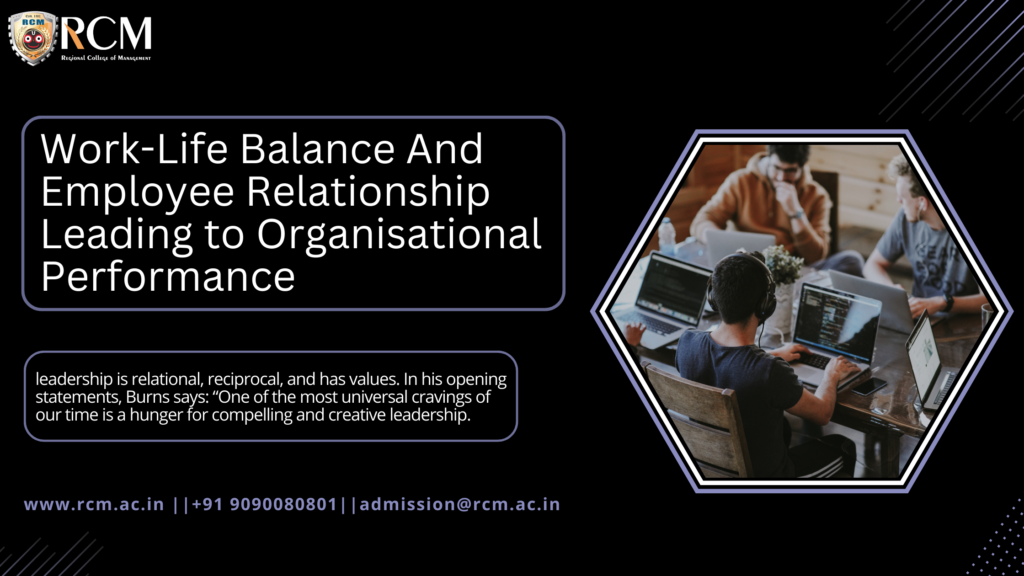
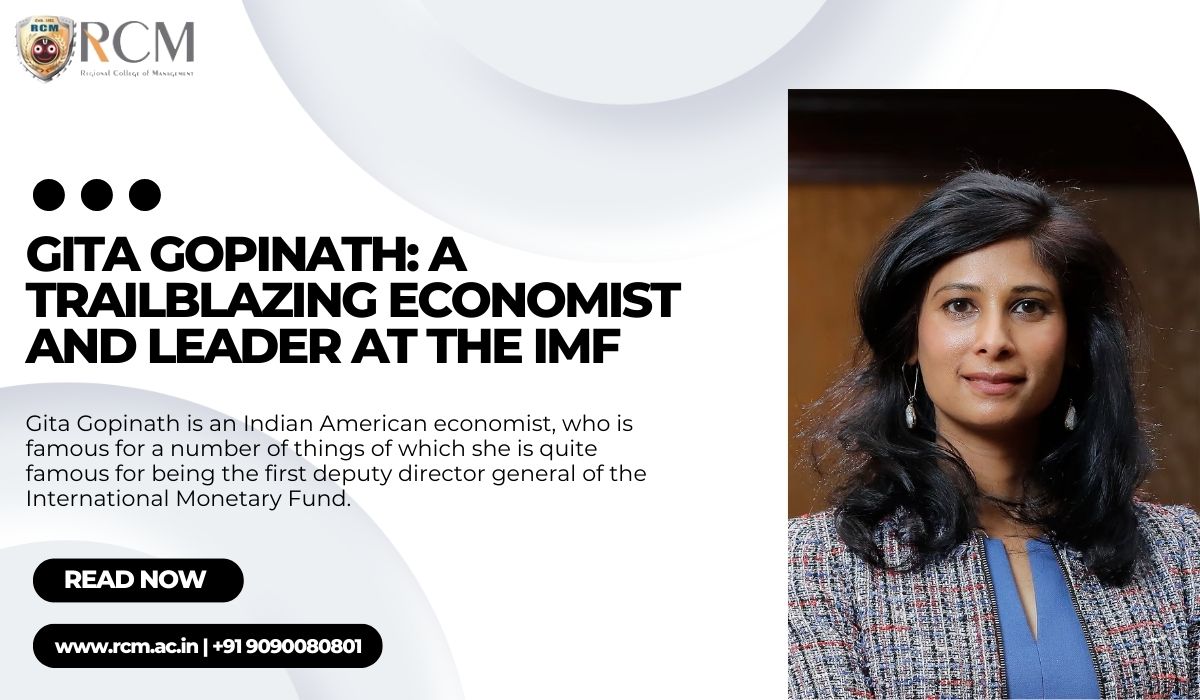
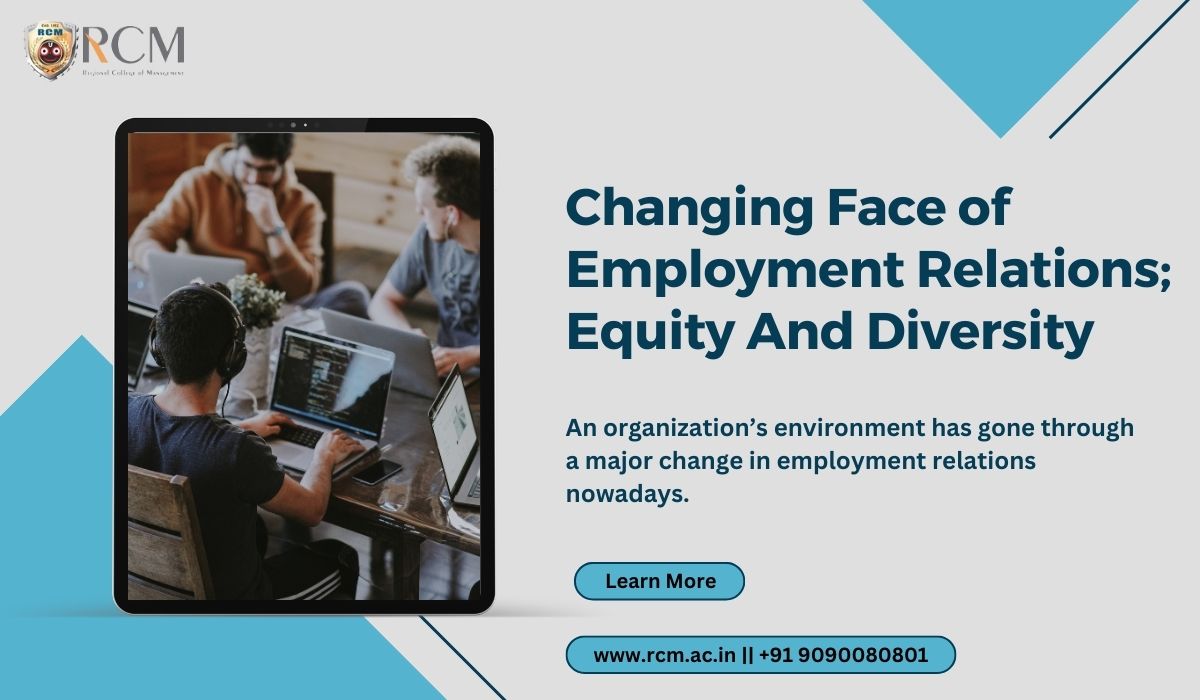



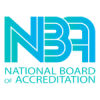
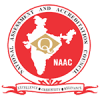
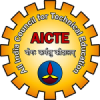

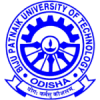
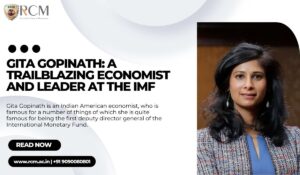
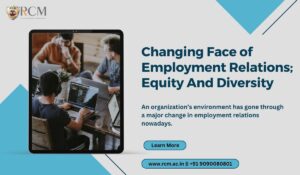

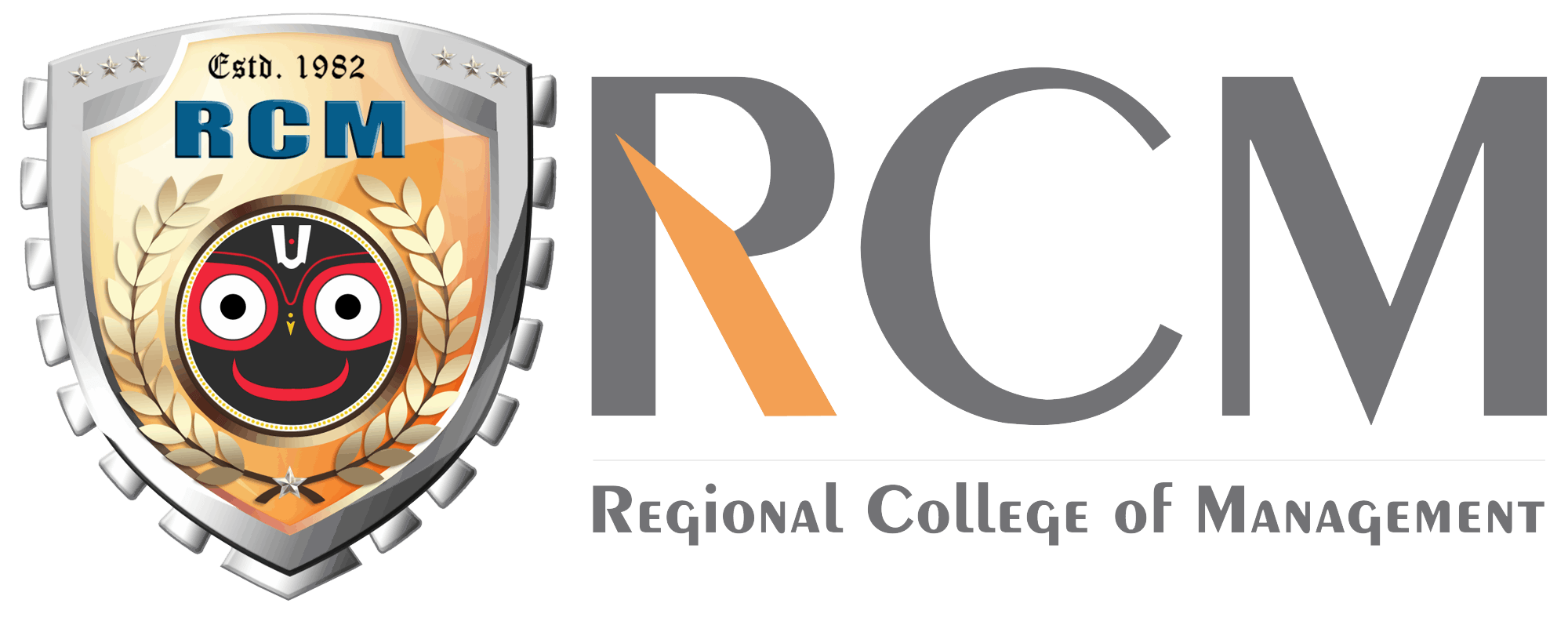
22 Comments
I do not even understand how I ended up here, but I assumed this publish used to be great
Thanks I have just been looking for information about this subject for a long time and yours is the best Ive discovered till now However what in regards to the bottom line Are you certain in regards to the supply
Excellent presentation. Every quote was fantastic, and I appreciate you providing the information.
Simply want to say your piece is as astonishing. The clearness in your post is just great and i could assume you are an expert on this topic Fine with your permission let me grasp your subscription to be up to date with imminent post Thanks a million and please keep up the rewarding job.
I liked it as much as you did. Even though the picture and writing are good, you’re looking forward to what comes next. If you defend this walk, it will be pretty much the same every time.
I had a great time with that, too. Despite the high quality of the visuals and the prose, you find yourself eagerly anticipating what happens next. If you decide to defend this walk, it will basically be the same every time.
certainly like your website but you need to take a look at the spelling on quite a few of your posts Many of them are rife with spelling problems and I find it very troublesome to inform the reality nevertheless I will definitely come back again
I loved you even more than you’ll say here. The picture is nice and your writing is stylish, but you read it quickly. I think you should give it another chance soon. I’ll likely do that again and again if you keep this walk safe.
Magnificent beat I would like to apprentice while you amend your site how can i subscribe for a blog web site The account helped me a acceptable deal I had been a little bit acquainted of this your broadcast offered bright clear idea
I was recommended this website by my cousin I am not sure whether this post is written by him as nobody else know such detailed about my difficulty You are wonderful Thanks
My brother suggested I might like this website He was totally right This post actually made my day You cannt imagine just how much time I had spent for this information Thanks
Hi my family member I want to say that this post is awesome nice written and come with approximately all significant infos I would like to peer extra posts like this
Hi i think that i saw you visited my web site thus i came to Return the favore I am attempting to find things to improve my web siteI suppose its ok to use some of your ideas
Fantastic site. A lot of helpful info here. I’m sending it to some buddies ans additionally sharing in delicious. And naturally, thanks on your sweat!
It was great seeing how much work you put into it. The picture is nice, and your writing style is stylish, but you seem to be worrying that you should be presenting the next article. I’ll almost certainly be back to read more of your work if you take care of this hike.
Naturally, I like your website, but you ought to edit a couple of your writings. Since many of them have grave spelling errors, it is hard for me to be honest about them. Still, I will most certainly be back.
I loved even more than you will get done right here. The overall look is nice, and the writing is stylish, but there’s something off about the way you write that makes me think that you should be careful what you say next. I will definitely be back again and again if you protect this hike.
It was great seeing how much work you put into it. The picture is nice, and your writing style is stylish, but you seem to be worrying that you should be presenting the next article. I’ll almost certainly be back to read more of your work if you take care of this hike.
Your content deserves recognition.
I was recommended this website by my cousin I am not sure whether this post is written by him as nobody else know such detailed about my trouble You are amazing Thanks
I have read some excellent stuff here Definitely value bookmarking for revisiting I wonder how much effort you put to make the sort of excellent informative website
It seems like you have a great deal of knowledge about this—almost like you wrote the book on it. Aside from that, I think you might add a few graphics to assist illustrate the concept a bit better. Still, this is a fantastic post that is well worth reading, and I will surely be back.